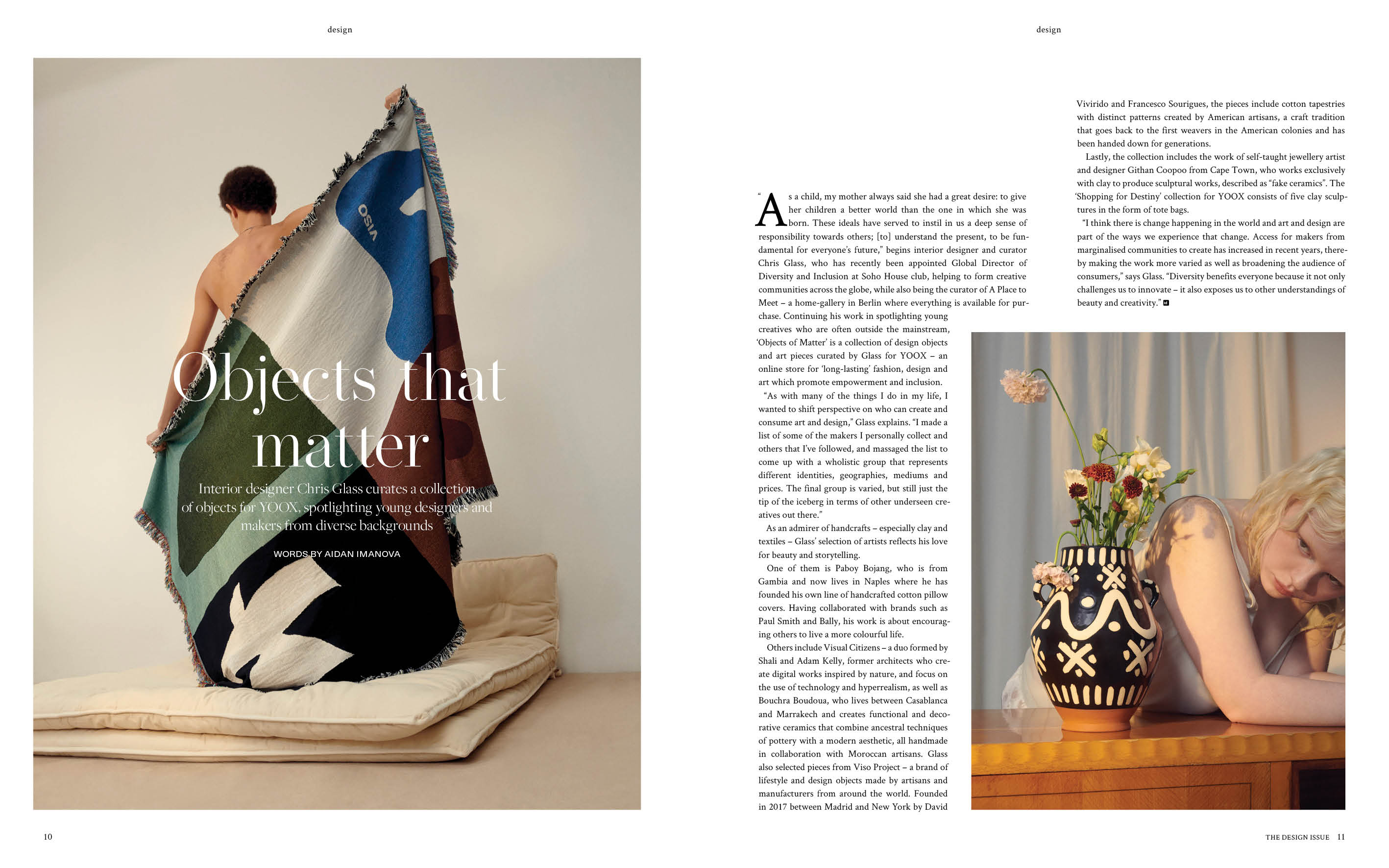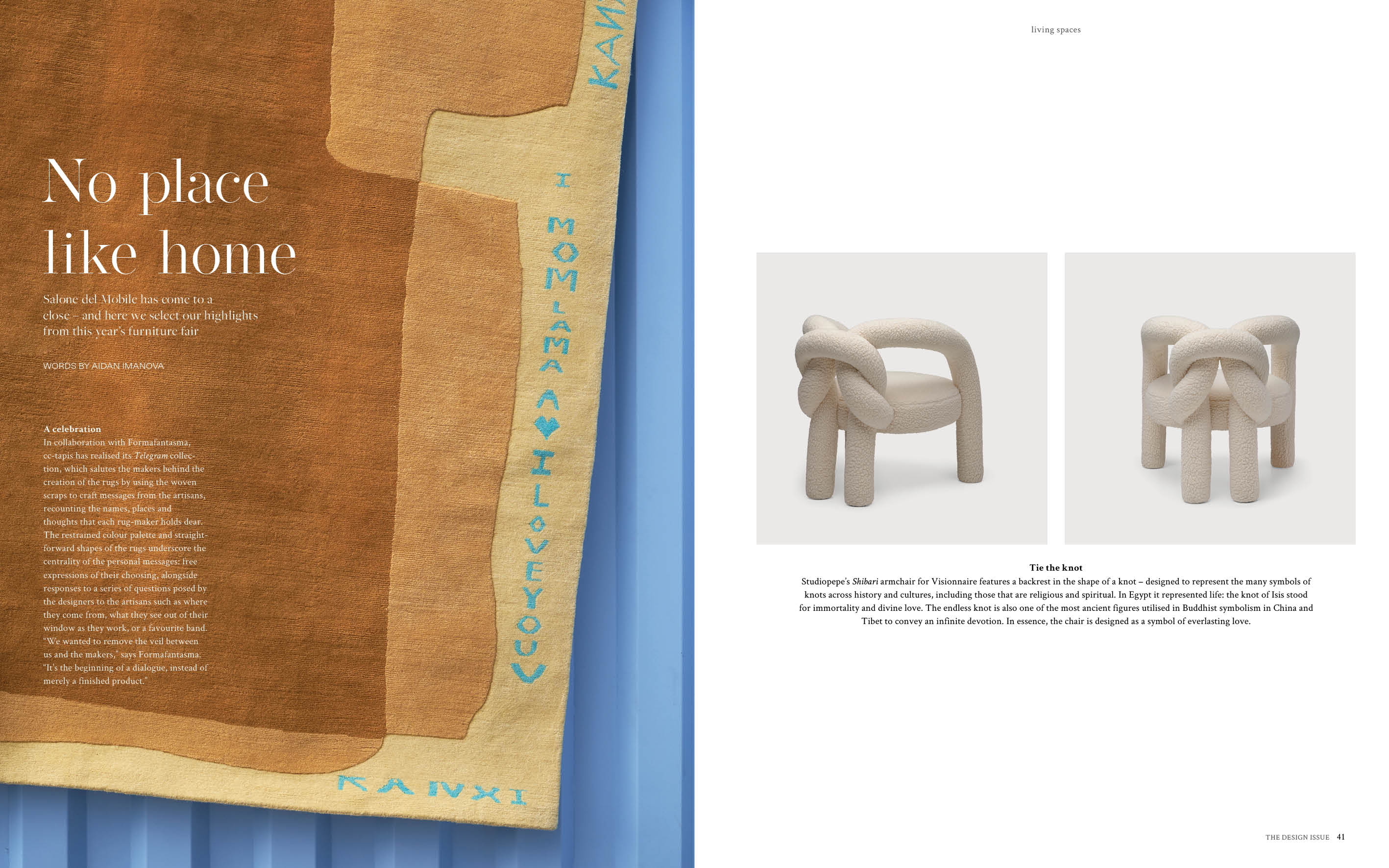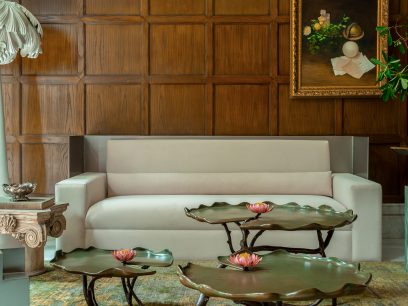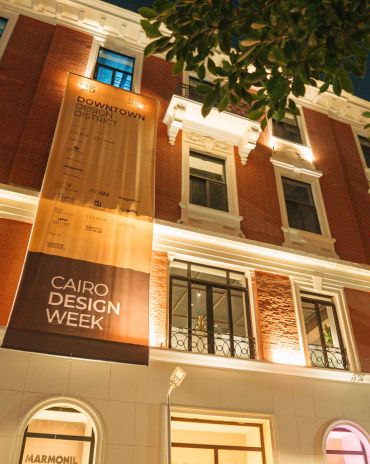Copyright © 2025 Motivate Media Group. All rights reserved.
Read ‘The Design Issue’ – Note from the editor
Read identity's May 2023 issue on ISSUU or grab your copy

Many of us are busy recovering from what seemed like a ‘back to normal’ Milan Design Week (the halls of Salone del Mobile were once again packed with visitors and the city’s streets bursting with long queues outside myriad exhibitions and public installations). While we do that, I am hoping that we are also taking the time to reflect on what the most important week in the design calendar has to say about the realities and impacts of our industry. After as much pondering as my exhausted brain could manage, I am left with more questions than answers.
It is always difficult to decide what can be said aloud (or in print) and what should be kept to private conversations, but I believe that in order for us to do better, we must be honest about where we fall short and act accordingly. For that we must question more and be open to discussions – be it on public platforms, between friends and colleagues and in our own private musings.

I have been visiting Milan Design Week every year since starting 2017 – even during the COVID-19 restrictions, when a good chunk of the content of the event reflected (to some extent) the state of the world at the time. Now, as we move away from a global pandemic, it was difficult to ignore the feeling of ambiguity while navigating the city and its many activations.
While on one hand, the commercial side of the industry is focused on returning back to top-chart sales with eye-catching launches and immersive installations, another – newer – side to the industry is led by a roster of younger people whose focus (and even design sensibilities) are speaking an entirely different language. The themes here are of materiality and waste and rethinking the visual language of ‘luxury’ and good design, which is all well and good. The issue is when there is a lack of connection – or a divide – between the two that leaves one wondering: what exactly are we doing here?

If the aim is innovation and new ideas, then how long does that take and does the pressure of showing something every year take away from making truly innovative proposals? If the aim is fighting climate crisis (which many brands and designers highlighted in their ethos), aren’t we doing more to contribute to it than helping to overcome it?
In fear of sounding too negative here, I think there is a lot that can be done in bridging the commercial and the experimental sectors of the field under a common goal. If anything, each one needs the other to operate within this ecosystem and in turn, see results.

Italian design duo Formafantasma are a great example of merging research and commerciality and their project ‘Tacchini Flock’ at Capsule Plaza demonstrated just that. “It is a way of showing how what we are doing with a museum or an institution in terms of research can also be applied to a company,” co-founder Andrea Tramarchi told me over the phone.
There is no denying that for many young designers today, being conscious of the challenges of our time is of vital importance. As much as the final product, what equally matters are the ideas put forward to influence positive behaviours and changes. As one talented designer told me the other day, “the only way to save the world is by promoting consciousness.”
The Latest
How Eywa’s design execution is both challenging and exceptional
Mihir Sanganee, Chief Strategy Officer and Co-Founder at Designsmith shares the journey behind shaping the interior fitout of this regenerative design project
Design Take: MEI by 4SPACE
Where heritage meets modern design.
The Choreographer of Letters
Taking place at the Bassam Freiha Art Foundation until 25 January 2026, this landmark exhibition features Nja Mahdaoui, one of the most influential figures in Arab modern art
A Home Away from Home
This home, designed by Blush International at the Atlantis The Royal Residences, perfectly balances practicality and beauty
Design Take: China Tang Dubai
Heritage aesthetics redefined through scale, texture, and vision.
Dubai Design Week: A Retrospective
The identity team were actively involved in Dubai Design Week and Downtown Design, capturing collaborations and taking part in key dialogues with the industry. Here’s an overview.
Highlights of Cairo Design Week 2025
Art, architecture, and culture shaped up this year's Cairo Design Week.
A Modern Haven
Sophie Paterson Interiors brings a refined, contemporary sensibility to a family home in Oman, blending soft luxury with subtle nods to local heritage
Past Reveals Future
Maison&Objet Paris returns from 15 to 19 January 2026 under the banner of excellence and savoir-faire
Sensory Design
Designed by Wangan Studio, this avant-garde space, dedicated to care, feels like a contemporary art gallery
Winner’s Panel with IF Hub
identity gathered for a conversation on 'The Art of Design - Curation and Storytelling'.
Building Spaces That Endure
identity hosted a panel in collaboration with GROHE.
















